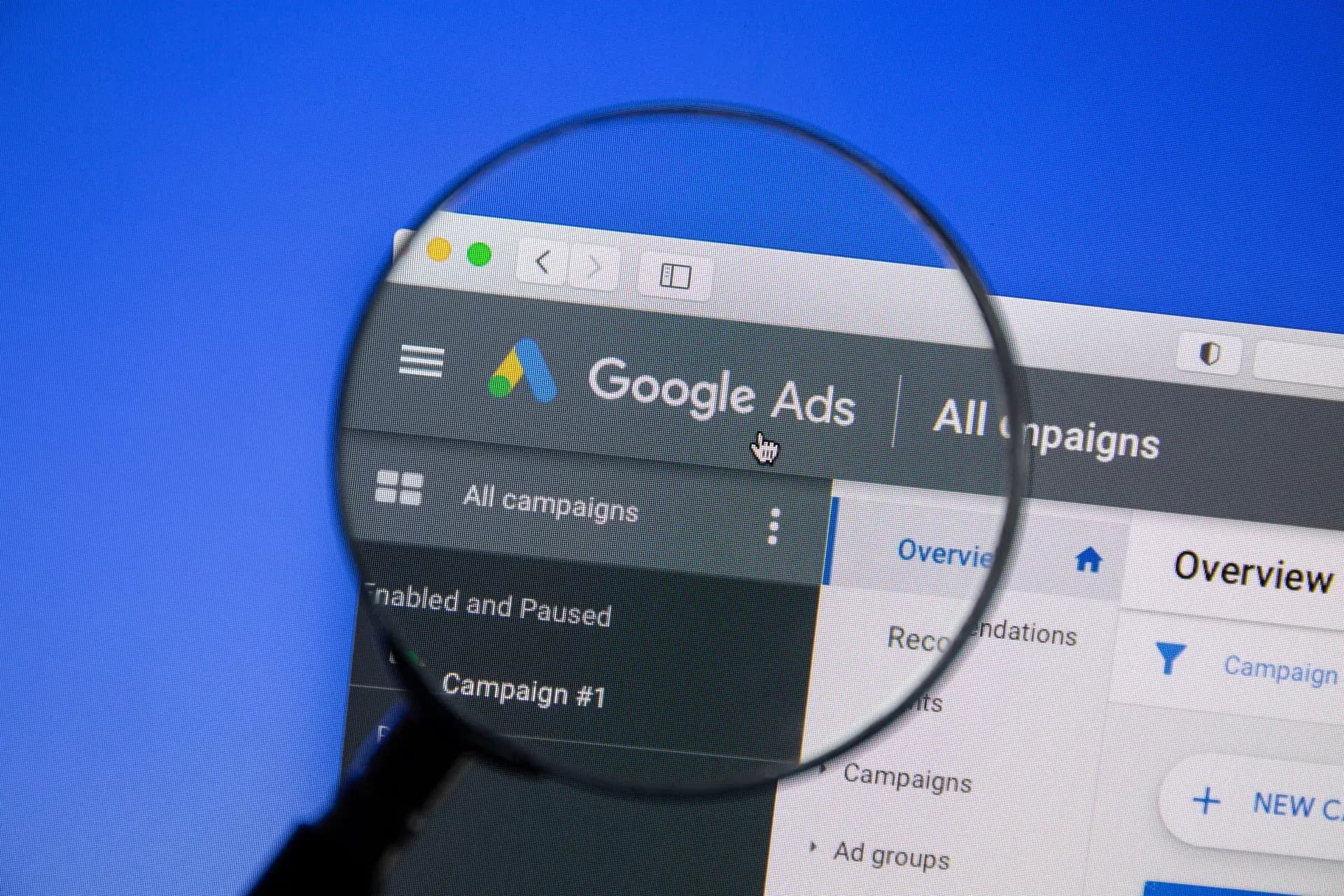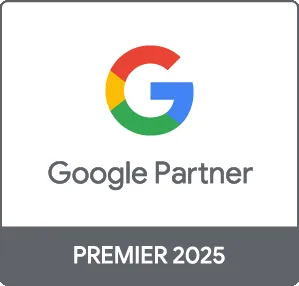Google Ads, formerly known as Google AdWords, is a powerful online advertising platform that enables businesses to reach a wider audience through paid search and display advertising. Although the name change might confuse some, the core functionalities remain the same. In this article, we will explore the distinctions and similarities between Google Ads and Google AdWords, how to leverage this platform effectively, and best practices for maximizing your advertising budget.
What is Google Ads?
Google Ads is Google's advanced advertising service, designed to help businesses create ads that appear on Google search results and across its extensive network. The platform supports various advertisement formats, including text ads, display ads, video ads, and shopping ads. Its primary goal is to connect businesses with potential customers right when they are searching for related products or services.
The Evolution from AdWords to Google Ads
Initially launched as Google AdWords in 2000, the platform allowed businesses to create text-based ads that would appear on Google search results. In 2018, Google rebranded AdWords to Google Ads, reflecting the platform's expansion beyond simple text ads to encompass a variety of advertising solutions. Despite the renaming, the functionality and features have improved, making it easier for users to manage their campaigns and track performance.
Key Features of Google Ads
Google Ads offers a range of tools and features designed to help advertisers achieve their goals:
- Keyword Targeting: Choose specific keywords that trigger your ads when users search for them, ensuring your ads reach the right audience.
- Ad Extensions: Enhance your ads with additional information such as location, phone numbers, or links to specific pages on your website.
- Audience Targeting: Reach audiences based on demographics, interests, and behavior, allowing for better campaign performance.
- Performance Tracking: Access detailed metrics and insights to help you evaluate the effectiveness of your campaigns and adjust strategies accordingly.
Benefits of Using Google Ads
Investing in Google Ads can yield significant returns for businesses of all sizes. Some of the benefits include:
- Increased Visibility: Ads can appear at the top of search results, placing your business in front of potential customers actively searching for your offerings.
- Measurable Results: Track conversions, click-through rates, and ROI to assess the effectiveness of your ad campaigns.
- Budget Control: Set daily budgets and manage bids to ensure you’re only spending what you can afford.
Best Practices for Google Ads Campaigns
To make the most of your Google Ads campaigns, consider the following best practices:
- Conduct Thorough Keyword Research: Use tools like Google Keyword Planner to find relevant keywords that will drive traffic to your site.
- Optimize Landing Pages: Ensure your landing pages are relevant and optimized for conversions to increase return on advertising spend.
- Test and Iterate: Regularly test different ads, keywords, and targeting options to identify what resonates best with your audience.
Conclusion
Understanding the transition from Google AdWords to Google Ads is essential for businesses looking to leverage online advertising effectively. By utilizing the features and best practices associated with this platform, you can create targeted campaigns that drive traffic, generate leads, and ultimately boost sales. If you are looking for expert assistance in navigating Google Ads, Prebo Digital is here to help maximize your advertising efforts and achieve measurable results. Contact us for a free consultation today!





